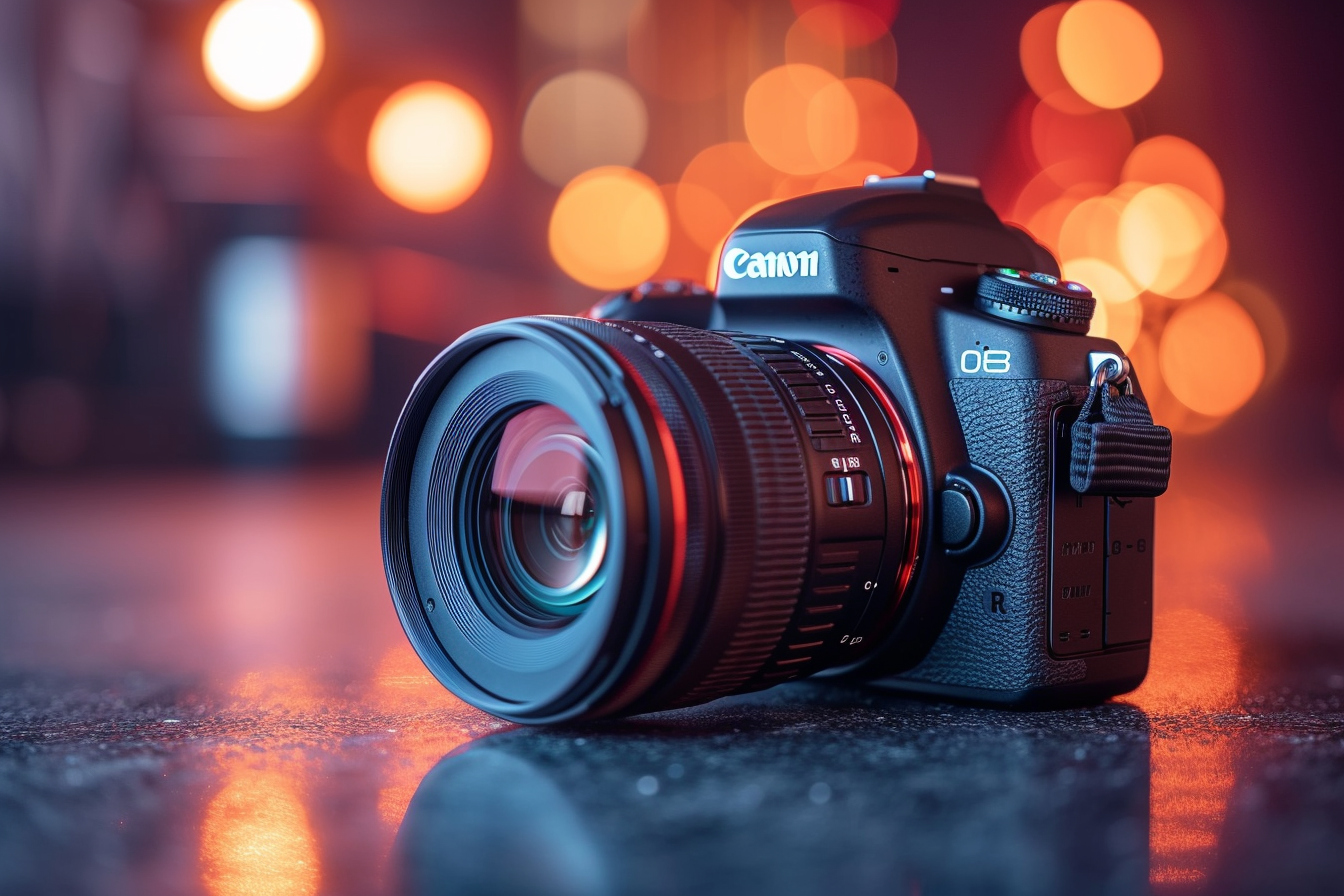Selecting the appropriate digital camera for your photography needs is a journey of weighing options, reflecting on preferences, and understanding the key factors that will bring your vision to life. With a market saturated with varying models, from point-and-shoots to advanced DSLRs and mirrorless systems, photographers from beginners to professionals must navigate a complex maze to pinpoint their ideal match. This article explores the essential elements you should consider to capture that perfect shot.
Understanding camera types
Point-And-Shoot cameras
Sleek in design and user-friendly, point-and-shoot cameras are the go-to choice for casual photographers. Their compact size makes them an excellent option for those always on the move. These cameras generally come with fixed lenses and automated settings, simplifying the shooting process.
Dslr cameras
For more serious photography enthusiasts, DSLR (Digital Single-Lens Reflex) cameras offer a combination of advanced controls, interchangeable lenses, and higher image quality. They have a reflex mirror allowing you to see directly through the lens for accurate framing and focusing.
Mirrorless cameras
Mirrorless cameras are the modern contenders in the field, providing similar features to DSLRs but in a smaller package. They lack a reflex mirror, which means you compose shots using an electronic viewfinder or the rear screen. They are becoming increasingly popular for their blend of quality, size, and speed.
Action cameras
Built for adventure, action cameras are the rugged, go-anywhere companions perfect for capturing fast-paced antics. Not prioritizing image quality over durability and portability, these cameras are great for sports and outdoor enthusiasts.
Image quality
Image quality tops the list when considering a digital camera. It’s a composition of various factors, including:
megapixels
While many assume that a higher megapixel count means better image quality, this is a misconception. Beyond a certain point, more megapixels don’t necessarily improve the picture. For most users, a camera with 10-20 megapixels is more than sufficient.
Sensor size
A larger sensor size typically captures more light, leading to better image quality, particularly in low-light conditions. Full-frame sensors are the standard for professional photography, while APS-C or Micro Four Thirds sensors are common in consumer-level cameras and offer a good balance between size and quality.
Lenses and focal length
The lens is a camera’s eye, and its quality profoundly impacts your photographs. Interchangeable lenses on DSLRs and mirrorless cameras offer flexibility to address various photographic needs.
Zoom vs. prime lenses
Zoom lenses offer versatility, allowing for a range of focal lengths without changing lenses. Prime lenses, on the other hand, have a fixed focal length, often with a wider aperture, delivering sharper images and better performance in low light.
aperture
The lens aperture determines how much light enters the camera. A wider aperture (lower f-stop number) is desirable for its ability to create a shallow depth of field and perform well in low light.
performance
Capturing the perfect shot isn’t just about quality; it’s also about timing and responsiveness.
autofocus
Autofocus speed can be the difference between a missed opportunity and a perfect capture. Look for cameras with quick and accurate autofocus systems, especially if you’re interested in fast-paced photography like sports or wildlife.
Shooting speed (fps)
The frames per second (FPS) rate is crucial for capturing action shots. A higher FPS rate allows you to take more pictures in a short amount of time, increasing your chances of getting that perfect shot.
Handling and usability
The camera’s design can influence your shooting experience significantly.
ergonomics
Comfort and ease of use should be a priority. A well-designed camera fits comfortably in your hands, with intuitive controls that make shooting seamless.
User interface
The camera’s menu system and interface should be straightforward and easy to navigate. A cluttered or complicated interface can hinder your ability to change settings on the fly.
Video capabilities

With video becoming an integral part of digital cameras, evaluate the video specs if you plan to shoot moving images.
resolution
4K video is increasingly common, offering high-definition footage. However, assess whether you need 4K or if Full HD 1080p meets your requirements.
Frame rate
For smooth video, consider cameras that offer high frame rates, such as 60fps or higher, which allow for slow-motion effects.
Battery life
Stamina is often overlooked but crucial for day-long shoots or travel photography. Always consider the battery life of your potential camera, and consider purchasing spare batteries for extended outings.
Connectivity and storage
In an age of sharing and connectivity, cameras equipped with Wi-Fi, NFC, or Bluetooth are advantageous for seamless transfers to smartphones or computers.
Storage options
Most cameras have SD card slots, but some feature dual slots for extra storage or real-time backups.
Investing in a digital camera can be one of the most exciting steps in a photographer’s journey. By meticulously analyzing what is essential for your style of photography, be it action-packed adventures or still life artistry, you lay the groundwork for capturing those moments that resonate deeply. Remember that the best camera is not defined by its price tag or brand but by how well it fits your unique needs, inspiring you to shoot more and improve your craft. With this thorough understanding of what to look for, you’re well on your way to selecting a camera that will expertly facilitate the creation of your photographic masterpieces.

